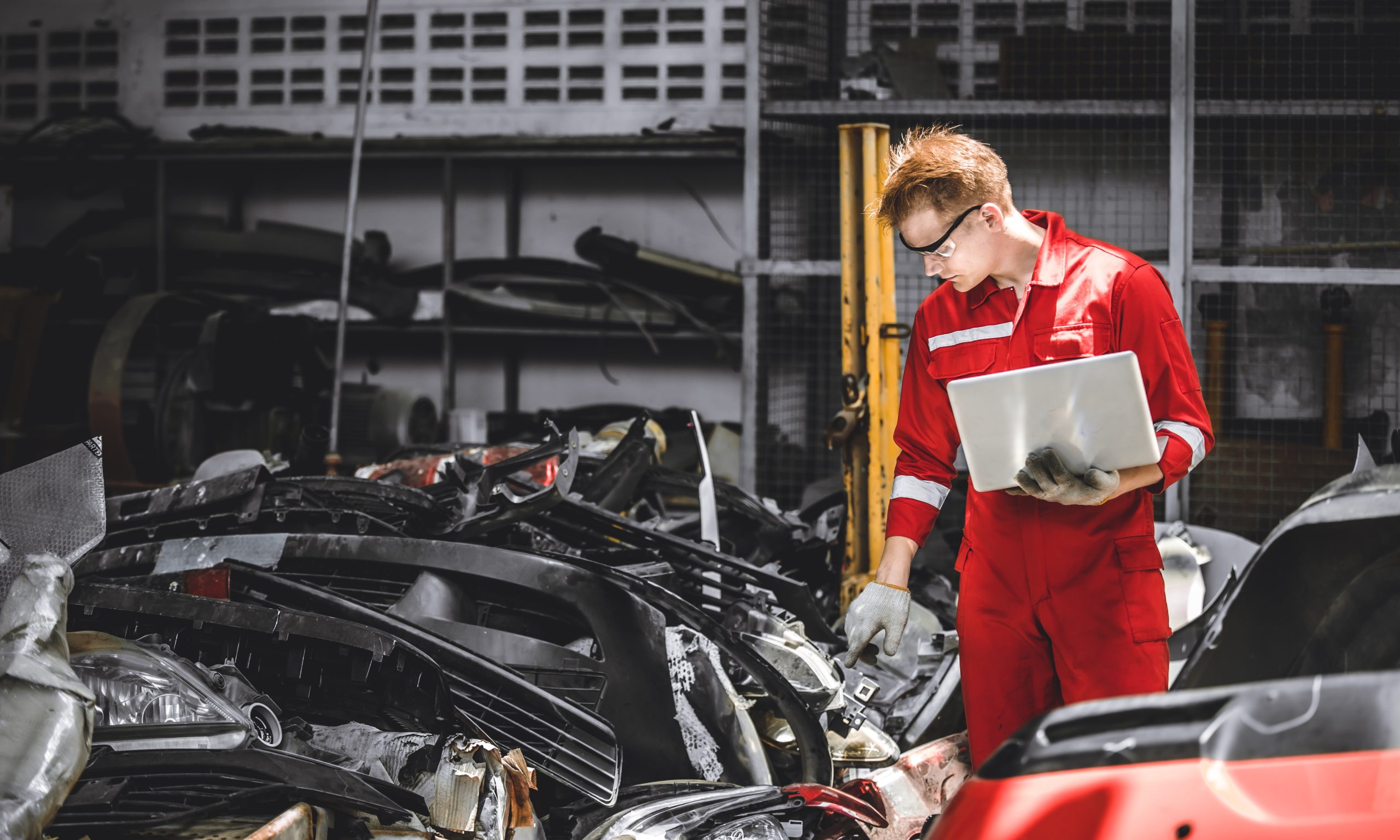
Your car’s environmental impact doesn’t end when it stops running. While most drivers focus on fuel efficiency and emissions during their vehicle’s lifetime, the real sustainability challenge begins when components wear out or the car reaches the end of its useful life.
Automotive manufacturers generate an increasing amount of waste, as they retire millions of vehicles each year. However, you can recycle your car’s components in four innovative ways, which can reduce your environmental footprint and potentially save you money.
Engine Oil and Fluids
Used motor oil is one of the most recyclable automotive components in your vehicle. A single oil change produces approximately four to six quarts of used oil, which facilities can re-refine into new lubricants or convert into other petroleum products.
Most auto parts stores and service centers accept used oil for free and take other fluids, such as brake fluid and coolant. Some recycling centers even offer small rebates for larger quantities of clean used oil, making this an economically beneficial practice for fleet owners or DIY mechanics.
Tires
The US discards approximately 290 million tires each year, but recycling programs can reduce the amount that end up in landfills. Understanding how to recycle your car’s tires allows you to take the first step in reducing the number of tires that pollute the world.
Certain facilities can repurpose used tires as playground flooring, athletic tracks, road construction materials, and even new tires through advanced retreading processes. Many tire retailers offer take-back programs when you purchase new tires, but others charge a small disposal fee of around $5 per tire.
Outside of retailers, local waste management facilities and municipalities often offer periodic tire collection events, allowing you to bring your old or unused tires for recycling.
Batteries
Car batteries contain lead, plastic, and sulfuric acid—all valuable materials when properly recycled. Lead-acid batteries boast a 98% recycling rate, making them one of the most successfully recycled consumer products.
Most auto parts stores, service centers, and battery retailers accept old batteries, often providing a core credit toward the purchase of a new battery. This credit typically ranges from $5 to $15, reflecting the value of recyclable materials.
Metal Components
Your vehicle contains hundreds of pounds of recyclable metals. Steel accounts for approximately 65% of an average car’s weight, while aluminum makes up another 10-15 percent. Both materials are infinitely recyclable without any degradation in quality.
Many shops automatically send these materials to scrap metal dealers when you bring your vehicle to an auto shop for replacements. If you wanted to work on your car yourself, you could also bring the leftover metal or the replaced part to a scrap metal dealer. Clean steel typically fetches $0.03 to $ 0.05 per pound, while aluminum brings significantly more, at $0.30 to $ 0.50 per pound.
Drive Toward Sustainable Solutions
Recycling car components in one of these four innovative ways represents more than environmental responsibility—it’s an economic opportunity that supports sustainable manufacturing while reducing raw material demands.
Begin this process by exploring the recycling options available in your area. Your commitment to automotive recycling contributes to a circular economy that benefits everyone, from the benefits of recycling to reduced manufacturing costs.
